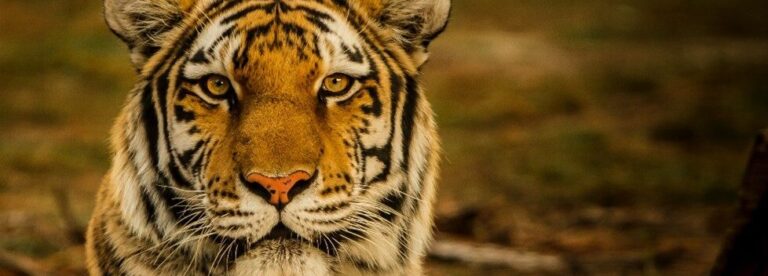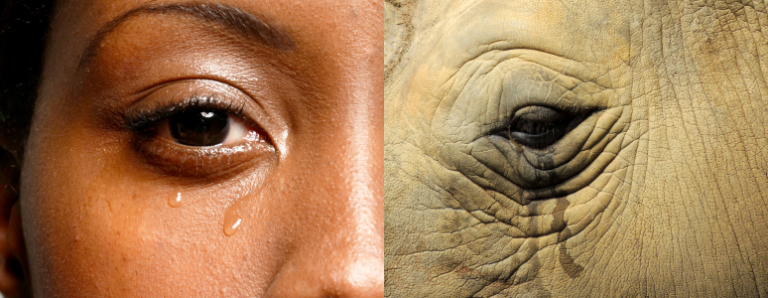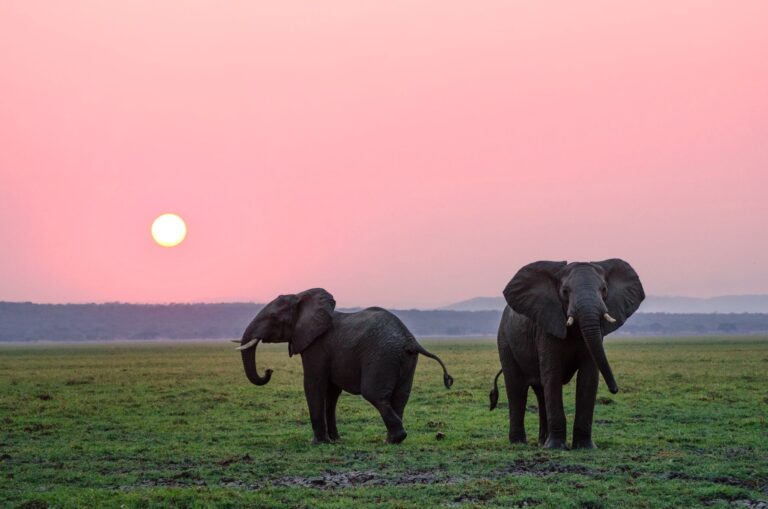
Vanishing Icons: Endangered Species and the Human Impact in 2025
According to the International Union for Conservation of Nature (IUCN), more than 47,000 species are currently threatened with extinction. This number encompasses endangered species many of us have been in awe of since childhood – tigers, elephants and great apes – and many lesser-known but equally vital birds, insects and amphibians. In 2023, our Vanishing Icons report highlighted the perilous state of some of the world’s most iconic species, animals that inspire and serve as vital indicators of the planet’s health. Two years on, the picture remains sadly unchanged.
The nature crisis has only intensified in recent years, driven by habitat destruction and the accelerated impacts of climate change. The underlying causes are unchanged: unsustainable human consumption and continued human population growth.
This update revisits four of the species featured in the 2023 Vanishing Icons report: tigers, elephants, mountain lions and chimpanzees. What does their fate in 2025 reveal about our planet?
Tigers: Fragile recovery for endangered icon
Wild tiger numbers plummeted to fewer than 3,200 in the early 2010s. Since then, they’ve shown a modest recovery thanks to concerted conservation efforts, particularly in India, Nepal and Bhutan. As of 2024, their global population stands at around 4,500, a 40% increase over the past decade, according to the IUCN.
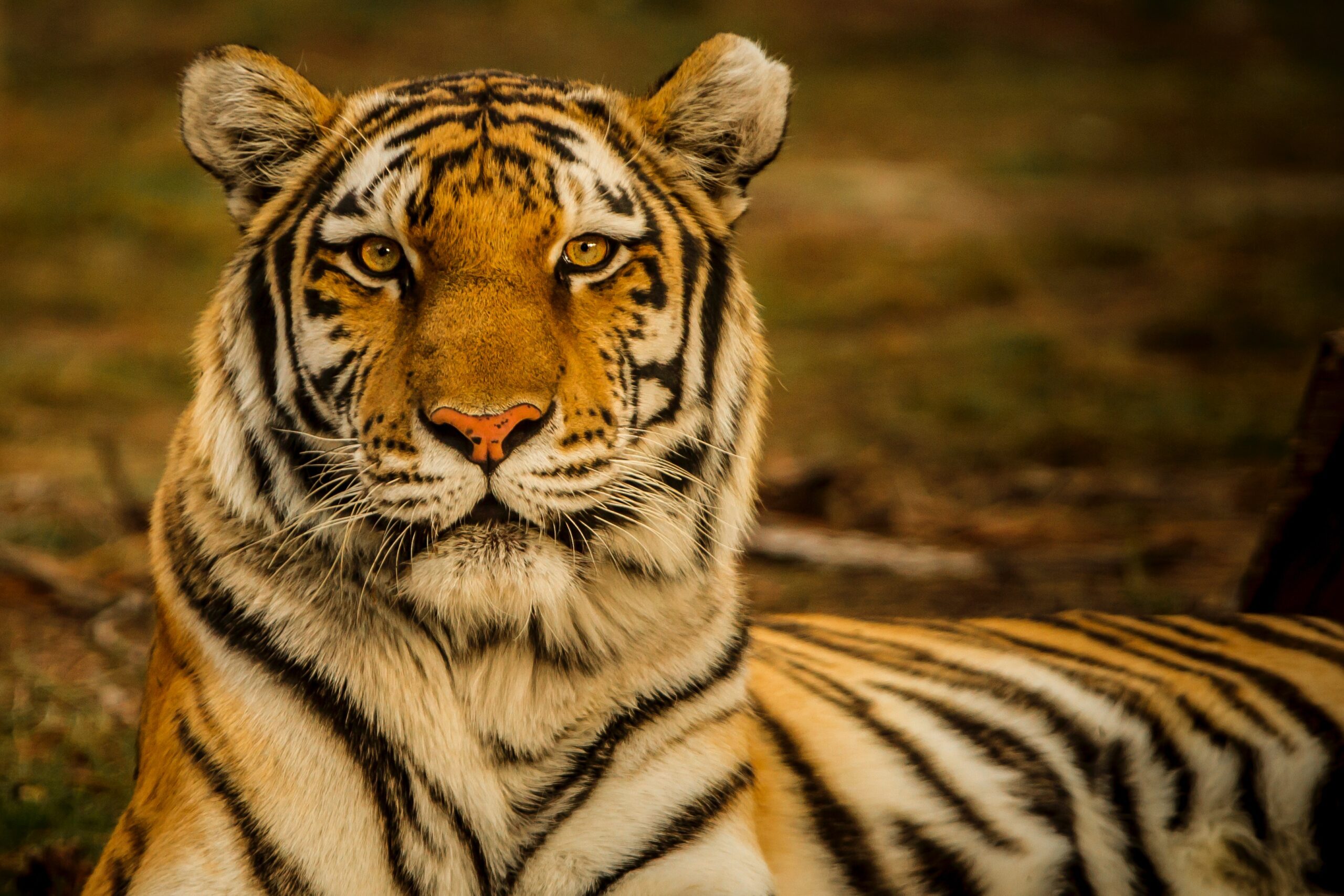
However, this progress is fragile. Habitat loss from expanding human settlements and poaching to supply the illegal wildlife trade continue to threaten these apex predators. In the Indian Sundarbans mangrove forests, home to the endangered Bengal tiger, are also under siege from climate change. Rising sea levels are further degrading vital habitat, leaving the Bengal tiger with shrinking territory to hunt and breed.
African Elephants: Fragmented habitats and rising threats
In 2021, the IUCN formally recognised the African savanna elephant and the African forest elephant as two distinct species. Anti-poaching campaigns and tighter enforcement have been successful in reducing the ivory trade. But habitat loss and fragmentation have emerged as more insidious threats, as wild spaces are increasingly broken up by roads, farms and development, isolating elephant populations.
Forest elephant numbers have declined by more than 86% over the last 31 years. Savanna elephant numbers have fallen by 60% in 50 years. Combined, fewer than 415,000 elephants now remain in the wild across Africa.
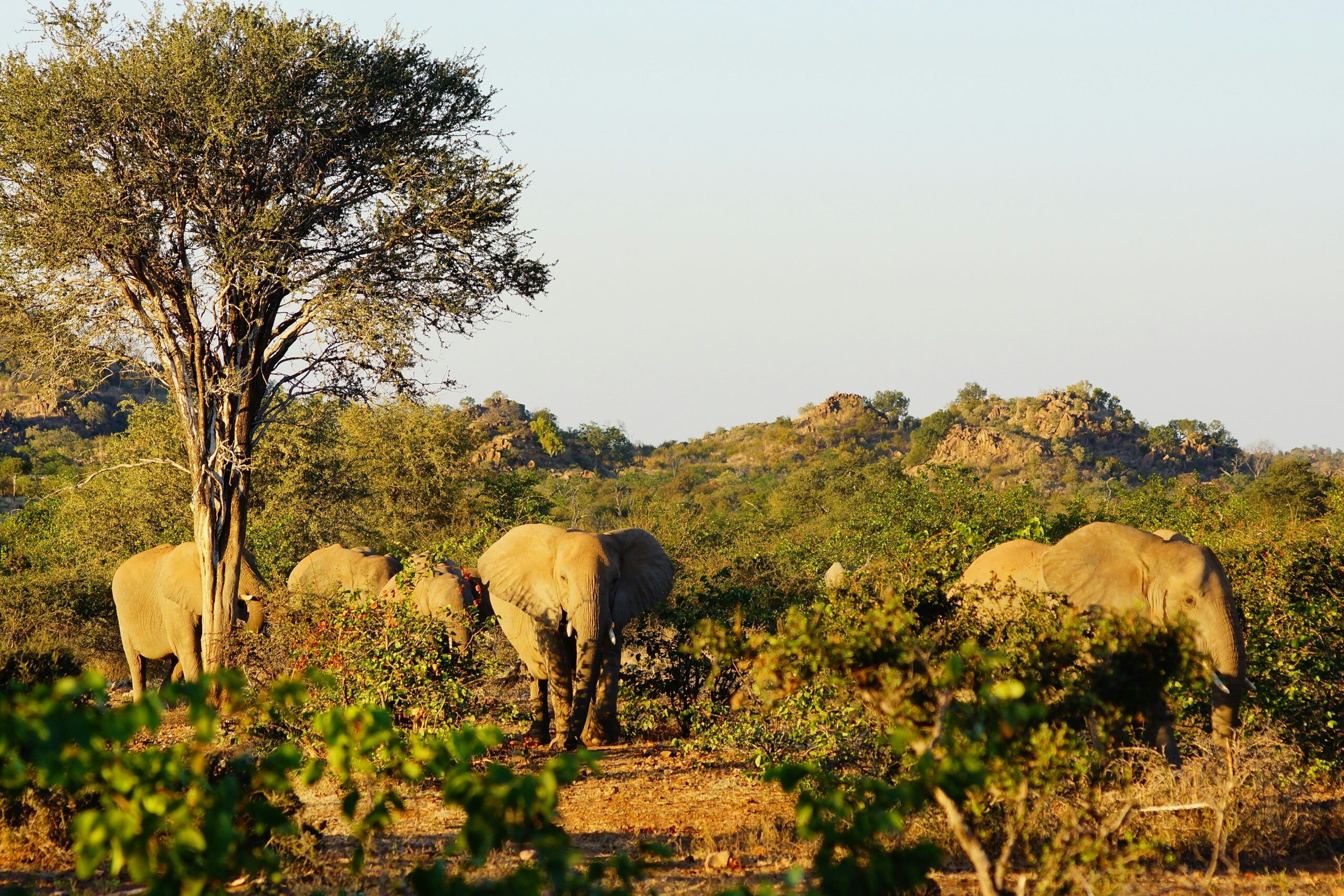
Urbanisation, infrastructure development and agricultural expansion continue to shrink the space elephants need to roam and find food. In many global areas, human-elephant conflict is on the rise due to local communities encroaching into existing elephant ranges.
In India alone, more than 500 people and 100 elephants die annually in human-wildlife conflicts, a stark indicator of the pressures on shared landscapes.
Mountain Lions: A threatened Icon
Also known as cougars or pumas, mountain lions are widely distributed across the Americas. But despite their wide range, they face increasing threats in landscapes dominated by human activity. In the United States, vehicle collisions are now a leading cause of death for mountain lions. Expanding road networks divide their habitats, isolating them and limiting their ability to roam.
In Southern California, some groups of mountain lions are so cut off that they are suffering from inbreeding and a lack of genetic diversity, which further compounds the pressures they face.
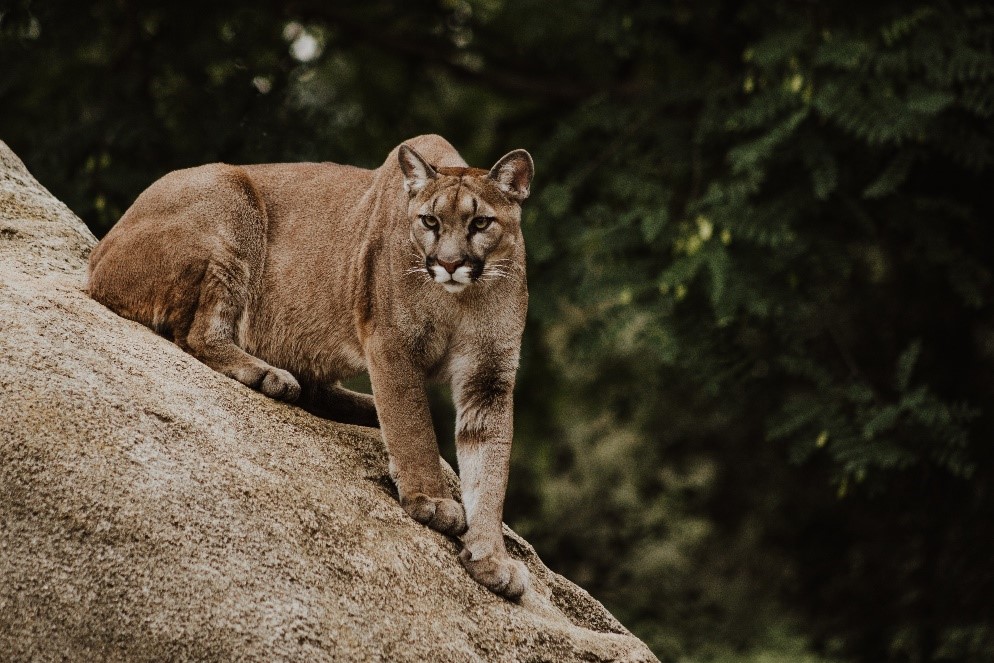
But a landmark project offers hope. The Wallis Annenberg Wildlife Crossing, now under construction in Southern California, is designed to help mountain lions move safely across major roads. It’s a vital step towards humans coexisting with wildlife in a rapidly urbanising world.
Chimpanzees: A shared future under threat
Our closest relatives are vanishing before our eyes. In just a few decades, chimpanzee numbers have declined rapidly, with fewer than 250,000 remaining in the wild. Bonobos, gorillas and orangutans face even steeper declines.
The causes are well-known. The bushmeat trade, disease transmission from humans, logging and the relentless expansion of agriculture are all placing chimpanzees under increasing pressure.
Recent years have also seen a disturbing rise in zoonotic spillovers in ape populations, when diseases jump from animals to humans. These events highlight both the threats to biodiversity and human health, underscoring the deep connections between species survival and our wellbeing.
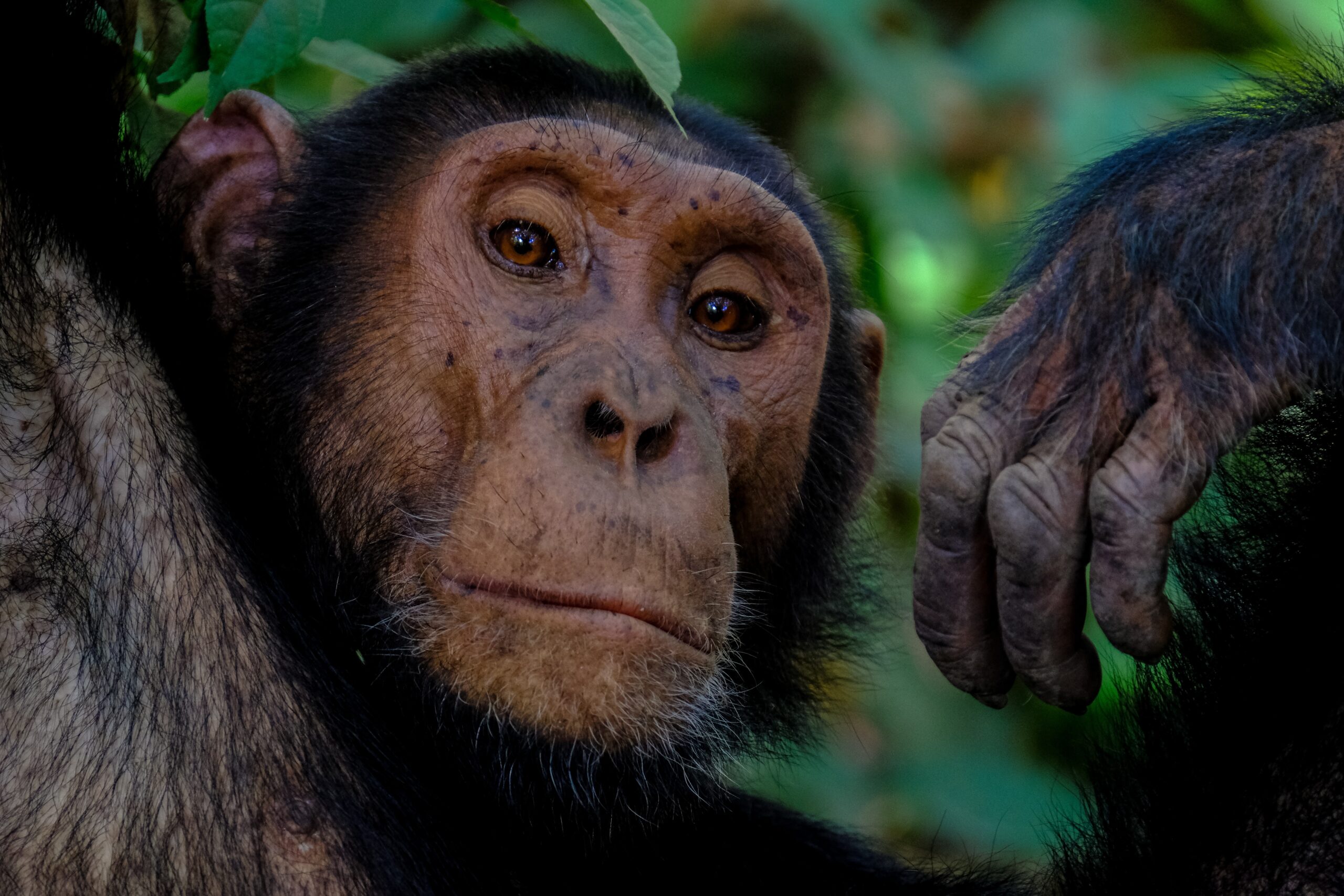
A 2024 study published in Frontiers in Public Health found that Ebola virus outbreaks are more likely to occur near ecological boundaries, areas where the geographic ranges of multiple species overlap and where human-altered landscapes meet wild habitats. This indicates that these transitional zones heighten the risk of disease being passed from wildlife to humans.
The Common Threat to Nature: Human pressure
Vanishing Icons species inhabit diverse ecosystems – from rainforests and savannas to mountain ranges – but they share a common threat: human encroachment. The global human population has now passed 8.2 billion. With it comes increased demand for land, food, water and energy, putting immense pressure on the natural world. As habitat is cleared for agriculture and our cities expand, wildlife loses the space it needs to survive.
We must recognise the inextricable link between population dynamics and biodiversity. The more we consume, the less land and resources remain for wildlife and ecosystems that we as humans also depend on for our survival.
How can we turn the tide for endangered species and our planet’s health
- Community-led conservation: Support approaches that balance human need with biodiversity protection – such as Population Health Environment (PHE) programmes.
- Protect and restore habitats: Scale up ecosystem restoration, create wildlife corridors and strengthen enforcement of anti-poaching laws.
- Adopt strategies to address the impact of our consumption: From meat and palm oil to fast fashion and disposable electronics, we all have a part to play in reducing our unsustainable consumption -especially in high-income countries such as the UK.
- Champion global agreements: Back international agreements like the Kunming-Montreal Global Biodiversity Framework, and hold governments to their commitments to end and reverse biodiversity loss by 2030.
It is all our responsibility to protect the natural world – not only for endangered species, but for the future of us all.
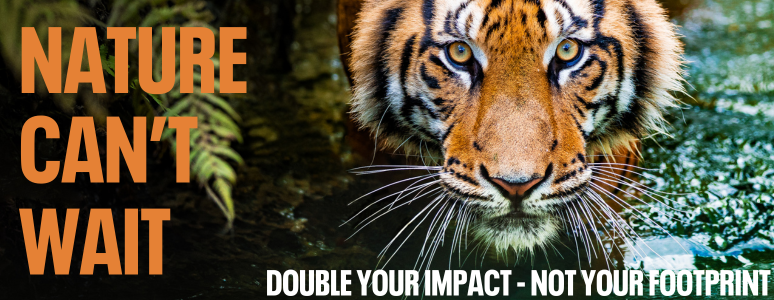
You can help today by supporting our matched-funding appeal, Nature Can’t Wait – double your impact, not your footprint.
And stay tuned for more: we’ll be celebrating World Oceans Day by spotlighting the work of our patron, Sir David Attenborough. Later this month, we’ll be following Oceans Campaigner and friend of Population Matters, Daniel Cáceres Bartra, as he reports from the UN Ocean Conference in Nice, France.

